In this article, we will explain the process of balancing the rotors of flail mowers and forestry mulchers in simple terms. We will answer frequently asked questions and provide several useful tips. Let’s start by understanding what vibration is, its dangers, what balancing is, why it’s necessary, and how it can be done independently.
Rotor balancing is the process of adjusting the mass distribution of the rotor to reduce or eliminate vibrations that occur during its rotation. Properly performed balancing extends the life of the mechanism, reduces noise and vibration, and prevents premature wear of bearings and other machine components.
Increased vibration is often underestimated by mechanics and operators of mulchers and flail mowers; however, vibration can have serious negative consequences:
- Increased equipment wear. Constant vibration accelerates the wear of mechanical components such as bearings, gears, and other rotating parts. This can lead to frequent repairs and replacements, increasing overall operating costs.
- Bearings and bearing seats. Bearings often break down, creating play that enhances vibration. Bearings need to be replaced. A trifle, a couple of hours a week. Bearing seats break down, requiring the restoration of holes. This procedure already requires the removal of the unit, transportation to the repair shop, rotor dismantling, restoration work, and subsequent installation. You’ll agree, this is already unpleasant.
- Cracks and leaks. Cracks form on the body of the mulcher or flail mower. There’s a risk of geometry disruption. Also, increased vibration leads to leaks in the hydraulic system, with all the ensuing problems.
- Loosening of bolted connections. Bolted connections constantly loosen, which can cause emergency situations.
- Inefficient energy consumption. Unbalanced rotors require more energy for rotation, leading to increased fuel consumption.
- Discomfort for the operator. Increased vibration can cause discomfort for the operator, worsening working conditions and increasing fatigue. This can also increase the risk of operational errors.
- Risk of emergency situations. Vibration can lead to the loosening of fasteners and connections, increasing the risk of emergencies, especially when working with high-speed equipment such as mulchers and mowers.
- Vibration transmission to the tractor. Vibration from the rotor is transmitted to the tractor, where there are plenty of bolts and various connections. There’s a lot that can break and come loose.
- Downtime. And in the end, the equipment stops for repairs in the midst of work.
I knew a company whose mechanics almost every morning started with replacing bearings. They bought the cheapest bearings and changed them almost every day because expensive bearings, due to extremely high vibration, fell apart just as cheap ones in a couple of days. I was shocked by the state of the equipment. It was not a mulcher, but a Frankensteined piece, ripped and welded, reinforced from all sides with channels and angles, just so it wouldn’t fall apart. Plastic in the tractor flowed in waves, and the poor operator continued to vibrate for some time after getting out of the tractor.
So why can’t a flail mower be balanced without a portable device for dynamic balancing or a balancing machine? I often hear: “I will balance the rotor myself, as I have always done before without any devices, using the old proven method. I’ll put the rotor on knives, and when it drops down with the heavy point, I’ll weld a weight on top until it stops rotating!”
Yes, this method works well with static imbalance. Static imbalance of the rotor manifests itself without its rotation, when under the action of gravity, the rotor turns heavy point down. This type of imbalance can be eliminated by the traditional method – placing the rotor on horizontal guides and adding mass as a counterbalance until it stops rotating. This method is effective for narrow rotors, where the diameter significantly exceeds their length, for example, for brake discs, single belt pulleys, and grinding discs.
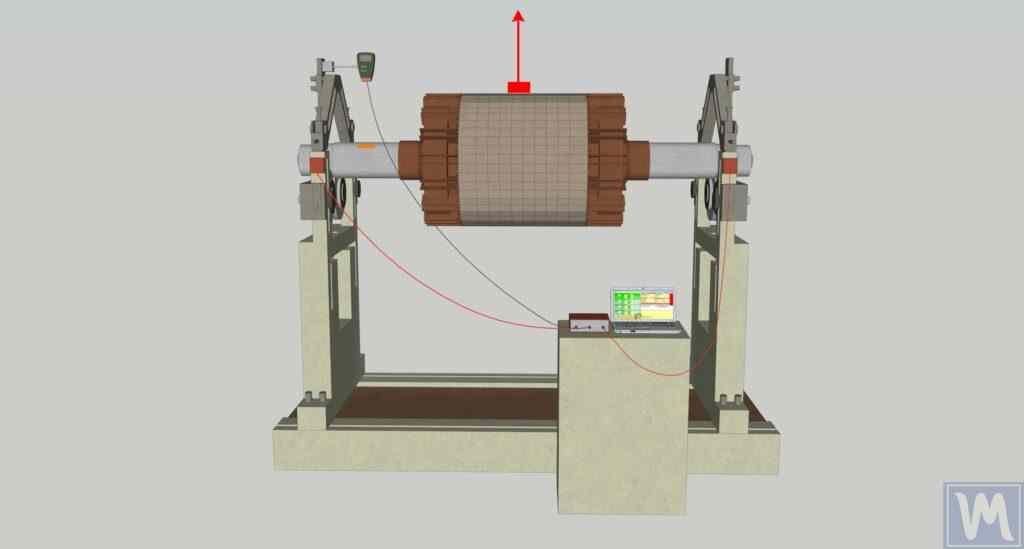
However, when it comes to balancing long rotors, such as flail mower shafts or mulchers, this method is ineffective. Consider the situation when the heavy point is on top on one side of the rotor and on the bottom on the other. In a static position, the forces of gravity balance each other, and the rotor remains motionless. But as soon as the rotor starts to rotate, centrifugal force acts on these points, pulling them in different directions and causing vibration. This type of imbalance, which only appears during rotation, is called **dynamic imbalance** and cannot be corrected by static balancing methods.
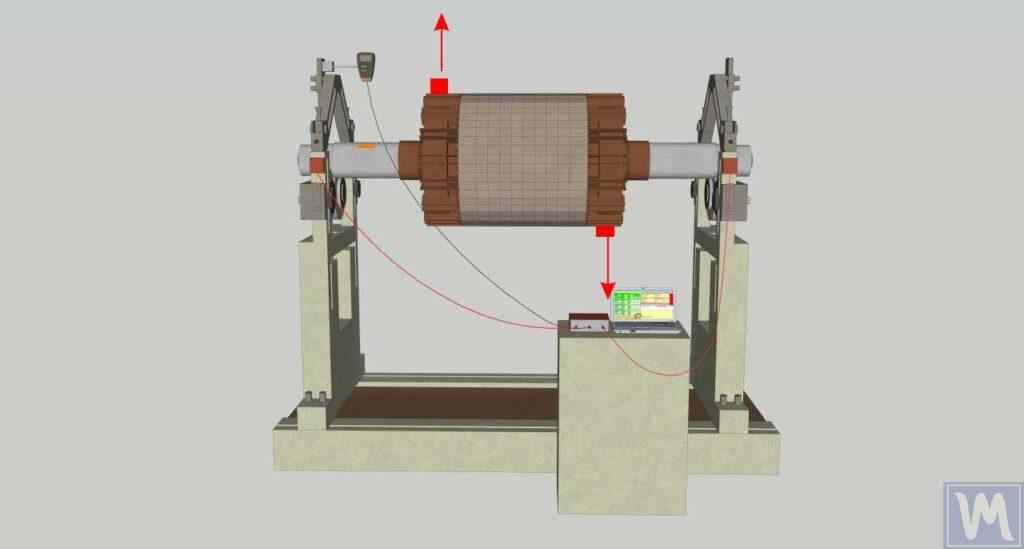
To eliminate dynamic imbalance, portable devices for dynamic balancing or balancing machines are necessary, allowing for precise identification of the imbalance location and the installation of compensating weights at both ends of the rotor for its neutralization.
Therefore, the use of specialized equipment for dynamic balancing is a necessary condition for eliminating vibration in long rotors.
Dynamic Balancing Process Using the Balanset-1A Device
- Vibration sensors are installed at the ends of the rotor, as close to the bearing units as possible. The orientation of the sensors should be perpendicular to the axis of rotation of the rotor.
- A reflective marker is glued to the rotor or pulley.
- The tachometer is placed on a magnetic stand and directed so that its laser beam hits the reflective marker.
- Sensors are connected to the Balanset-1A device, which, in turn, is connected to a laptop.
- A specialized balancing program is launched.
- In the program, the option for balancing in two planes is selected.
- The calibration weight is weighed, and information about its weight and installation radius is entered into the program.
- The rotor is started, and the initial level of vibration is measured.
- The calibration weight is placed on the rotor in the first plane (corresponding to the side of the first sensor installation).
- The rotor is restarted to measure the vibration. It is important that changes in vibration or phase constitute at least 20%.
- The calibration weight is moved to the second plane of the rotor (corresponding to the side of the second sensor installation) and a third vibration measurement is taken during rotation.
- The program calculates what weight and at what angle compensating weights need to be installed in both planes. The angle is counted in the direction of the rotor’s rotation from the position of the calibration weight.
- The calibration weight is removed.
- The compensating weights are weighed.
- Compensating weights are welded in the calculated places.
- The rotor is started to check the balancing results. If necessary, if the program shows that additional correction is required, additional weights are added, and the balance is checked again.
Hooray, our rotary flail mower is balanced!
But then you became the happy owner of a flail mower balancing device. You connected the device, repeated everything as described above, but the vibration not only did not decrease, it got even worse! Why is that?
In an ideal world, everything would happen as described above. But our world, unfortunately, is not perfect. So much so, that this part of the article is likely the largest.
Let’s consider the main problems that arise during the dynamic balancing of a rotary flail mower.
Balancing may be impossible due to three main reasons: mechanism malfunctions, improper balancing conditions, and errors in operating the device.
Mechanism Malfunctions Hindering Rotor Balancing
- Damaged bearings, including wear, overtightening, plays, or wear of the seating area.
- Shaft bending.
- Looseness in the flail mower attachment points, loosened bolts, looseness in the areas of the front curtain (lowering) or in the pusher frame when using mulchers.
- Rotor hitting immovable parts of the structure.
- Cracks in the mower body.
- Cases where sand gets inside the tube, which can be detected by spinning the rotor several times without changes. In this case, the phase and level of vibration will change.
Improper Balancing Conditions
- Resonance at the rotor’s rotation frequency and the presence of loose structural elements.
- Changes in conditions during balancing, such as changes in mass or stiffness of the mechanism, placing a support under the mower, or changes in the structure (removal of elements, adding angles for stiffness).
- Uneven rotations. The rotor must rotate at the same frequency with each start.
Errors in Operating the Device
- Incorrect installation of vibration sensors. The surface must be flat and free of contaminants, the sensor must fit tightly, the magnet must be securely fastened, and the sensor should not touch the edges of the mechanism.
- Displacement of the tachometer during operation. Changes in the position of the tachometer during balancing should be avoided.
- Incorrect calculation of the angle for installing weights. The angle is measured from the position of the trial weight in the direction of the rotor’s rotation, a mistake often occurs when counting degrees in the opposite direction.
- Inadequate trial weight mass when the mass of the weight turns out to be insufficient.
- Exposure of the sensitive element of the tachometer. This problem can occur during balancing in sunlight or when there is a bright light source opposite the tachometer, affecting the accuracy of measurements.
Conclusion
Dynamic balancing of flail mower and forestry mulcher rotors is a complex process that requires attention to detail and the correct use of specialized equipment. Malfunctions of the mechanism, improper balancing conditions, and errors in operating the device can significantly complicate the balancing process and even make it impossible. However, with the right approach and adherence to all necessary procedures, it is possible to effectively eliminate vibration, extend the life of the equipment, reduce wear on components, and improve the overall condition of the machinery. It’s important to remember that dynamic balancing is an investment in the long-term operability and reliability of your equipment.
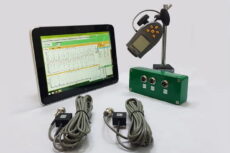
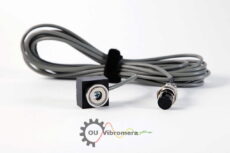
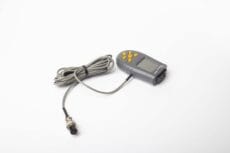
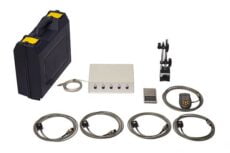
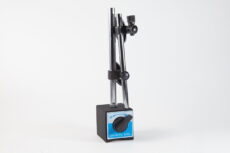

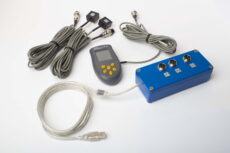
0 Comments